Evolutionary changes in human body
Evolution is the process by which different types of organisms are believed to have developed from their earlier forms during the history of the earth.
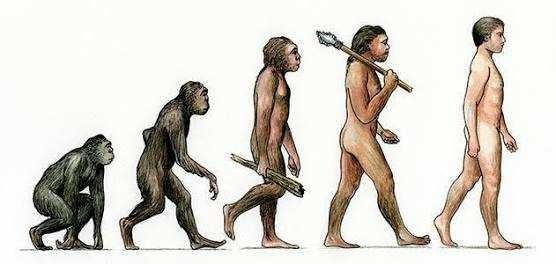
There are several theories explaining the concept but the most accepted theory is "the theory of evolution by natural selection" formulated by Charles Darwin in mid 19th century.
Darwin said that the growth of every living organism will to a "struggle for existence" that means every living organism has to struggle and fight for their own existence which may lead to many biological changes in their bodies due to environmental effect over a period of time.
This is also known as "survival of the fittest"
Here are some evolutionary changes in human body-
- Wisdom teeth
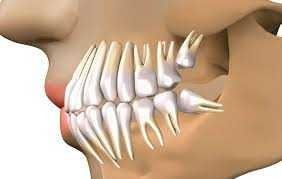
Our ancestors had extra set of molars i.e. wisdom teeth used to eat many raw plants. And these extra set of teeth made eating more faster and efficient.
They had larger jaw size and stronger facial muscles due to chewing raw food.
But our food became cooked and softer requiring less chewing effort and muscle power which gradually lead to decreased facial muscle strength, jaw size and due to decreased jaw size, this extra set of molars couldn't get enough space to erupt in the oral cavity leading to impaction of wisdom teeth.
Sometimes they are congenitally missing in some people.
- The appendix
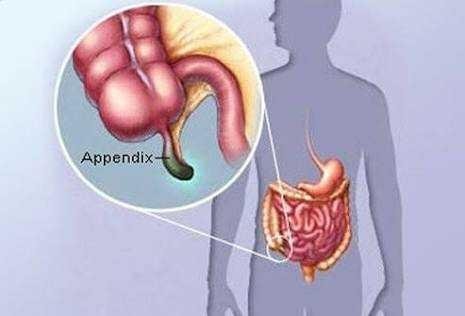
This is the most famous example of evolutionary changes.
It is so useless that sometimes we have to remove it surgically if it gets infected.
It is believed that it have been useful to digest the cellulose in green diet. As we developed cooking techniques and as the preferences of food changed, the appendix became a useless organ.
- We drink milk as an adult

Historically, the human body was able to digest lactose in the milk only by the time he was on his mother's breast milk because the enzymes required to digest lactose in the milk were produced in the body by that time only. But as we began nurturing domestic animals like cow, sheep, goat, drinking their milk became nutritional advantage and humans began to develop the enzymes to digest lactose at a later age also.
- Goosebumps
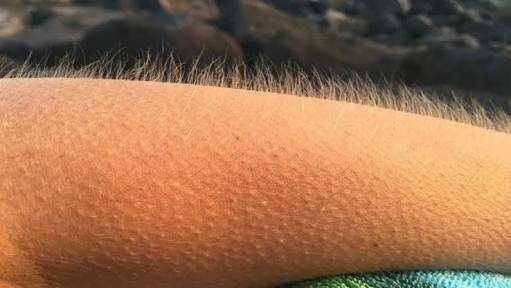
Our ancestors got goosebumps when they are cold, surprised or frightened.
It is believed that it was to make them look bigger when they were not clothed and needed to scar their natural enemies.
- Brain size reduction
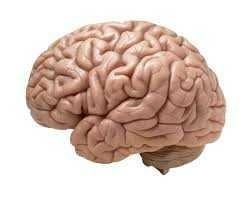
Our brain size has decreased by 10% over the last 30,000 years.
It is believed that as our brains are shrinking, they are being restructured to work faster but take up less space in the skull.
- Ear muscles
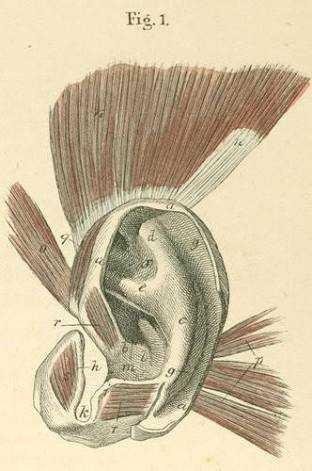
In our ancestors, auricularis muscles were used to control the external ears without moving the head which helped them in focusing their hearing onto certain sounds.
- Coccyx (tail bone)
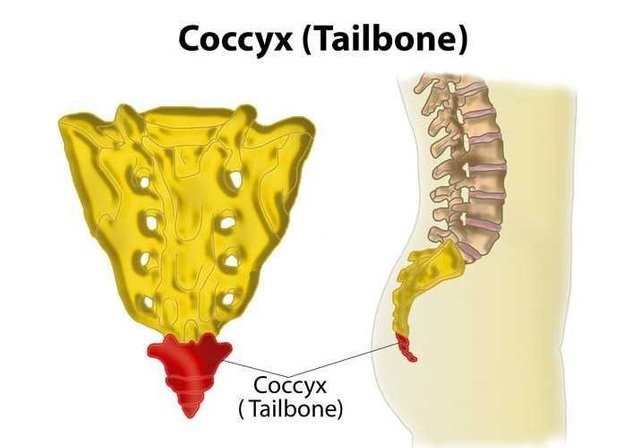
Present at the 'tail' end of the human vertebrae. It is the remnant of a lost tail.
Now, we use it as a structural support while sitting.
- Plantaris muscles
These muscles were used to hold an object using just our feet when we were (as an ape) busy eating banana with one hand and hanging onto a branch of a tree with another.
Humans still have plantaris muscle but not useful now.
- High altitude breathing
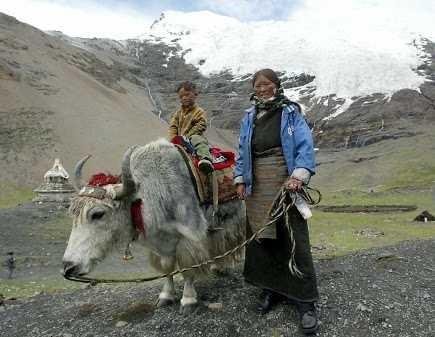
Himalayan mountains are one of the last populated areas and the people living there developed an ability to handle low oxygen levels in the air and now it has become genetic.
Liked the article??
Pls upvote @identist
nice and short description of theory of evolution from monkey to man.